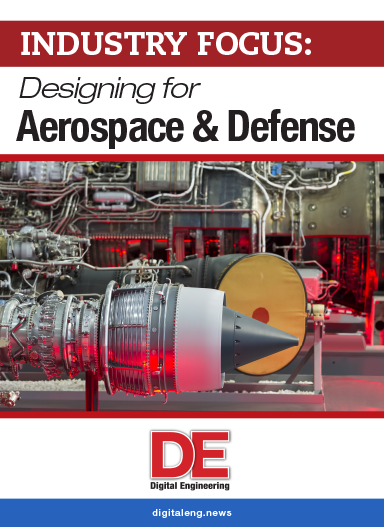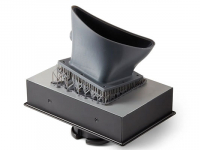
July 13, 2018
The aerospace & defense sector was one of the first proponents of simulation-led design because it helped manufacturers understand complex physical phenomena while reducing the number of expensive physical tests needed. Many of the A&D manufacturing industry’s distinct characteristics—making relatively few, expensive, complex products—that made it a leader in simulation, also make perfect use cases for additive manufacturing (AM).
The use of simulation in A&D has evolved from early experimentation to become a critical part of the product design and development cycle, so much so that the sheer amount of simulation data has become a management challenge. Companies are now looking to capitalize on all of that digital design and simulation data by connecting it to physical products, thereby creating a digital twin that can help improve predictive maintenance and inform future product designs. Other industries are now following A&D’s lead in simulation and building a digital thread.
The same can be said for additive manufacturing, which is now hitting its stride as a practical alternative for traditional manufacturing in some use cases. The A&D sector’s need to simplify complex, multi-part components, reduce weight and make relatively few parts are well-matched to AM’s strengths. After decades of testing and pilot projects, certified AM parts are now in the air on commercial airliners as well as rockets and military planes. The global aerospace additive manufacturing market is expected to grow at a 20% CAGR (compound annual growth rate) during 2017 to 2023, according to Market Research Future.
The articles and videos compiled from Digital Engineering’s coverage of the aerospace & defense industries for this special digital issue show how the sector is using simulation and AM to advance material research, especially in the realm of composites, reduce weight from aircraft, support lower-cost space exploration and improve the readiness of every branch of the military.
Enjoy the digital issue.
Latest News








